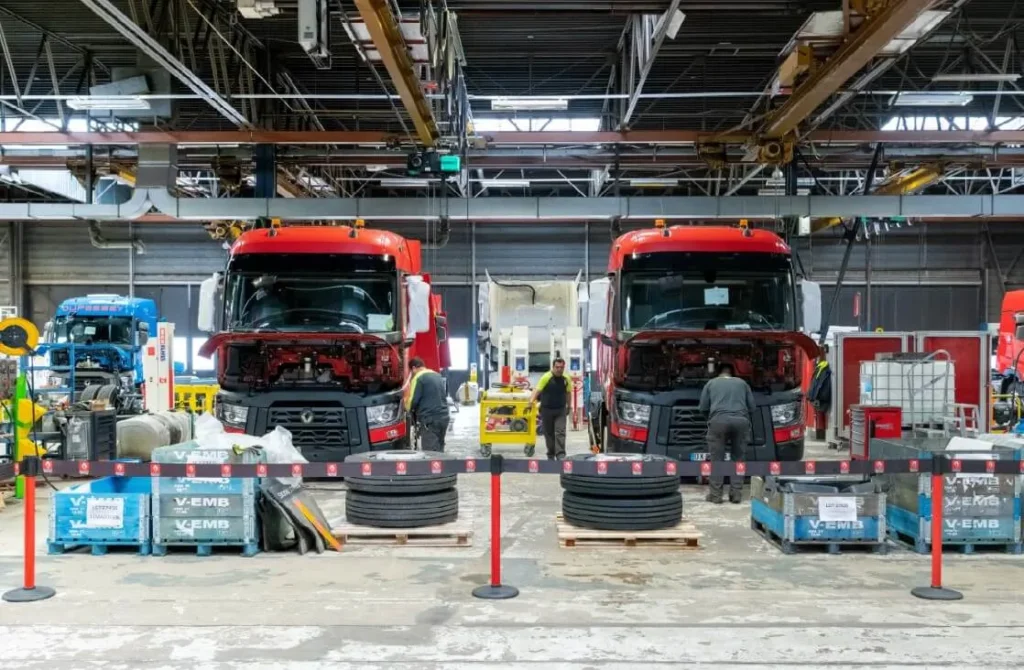At the meeting, EU transport ministers discussed road safety, the weights and dimensions of heavy-duty vehicles, maritime safety, harmonised river information systems, and the use of railway infrastructure capacity.
A key outcome of the meeting was the endorsement of the conclusions of the European Court of Auditors’ special report on the EU’s road safety targets, which highlighted insufficient progress in reducing road fatalities. Ministers also took note of the progress report on the draft directive on the EU-wide effect of certain driving disqualifications. However, there were no major breakthroughs in road transport policy.
A critical agenda item was the proposed amendments to the directive on the weights and dimensions of heavy-duty vehicles, part of the Commission’s greening freight legislative package. Unfortunately, the ministers were unable to reach an agreement on this matter. Member states expressed concerns about the increased use of long trucks across the EU and the additional weight allowances needed for vehicles equipped with alternative drive technologies.
While the meeting achieved progress in maritime safety, inland waterways, and rail, the road transport sector did not see significant legislative advancements. The upcoming Hungarian presidency will now continue to address these pending issues
Stagnation disappoints German hauliers
The Bundesverband Güterkraftverkehr Logistik und Entsorgung (BGL), representing the German road haulage industry, expressed significant disappointment with the lack of progress. BGL criticised the Council’s failure to leverage immediate CO2 savings by extending the length of articulated lorries by about 10% without placing additional strain on the infrastructure.
The association urged the EU transport ministers to establish a strategy and timetable promptly to make alternative drives more appealing without reducing payload capacity.
Weights and Dimensions Directive history
The Weights and Dimensions Directive (96/53/EC) was introduced in 1996 by the European Union to standardise the maximum weights and dimensions of heavy goods vehicles across Member States, with the aim of facilitating cross-border transport and ensuring fair competition.
In 2015, Directive 2015/719 introduced amendments allowing aerodynamic devices and alternative fuel engines to improve energy efficiency and reduce emissions.
The current proposal under the “Greening Freight Package” which was adopted in July 2023 aims to make further changes to promote Zero Emission Vehicles (ZEVs) by allocating additional weight allowances and increasing vehicle lengths for such vehicles.
The proposed amendment to the Directive has received a strong response from stakeholders in the transport industry. The European Automobile Manufacturers’ Association (ACEA) supports these changes, emphasising the need to fully allocate the additional weight allowance to ZEVs and to increase the axle weight limit to 12.5 tonnes.
ACEA also supports the extension and simplification of the use of longer and heavier vehicles under the European Modular System (EMS) to create a level playing field with conventionally powered vehicles and improve the competitiveness of zero-emission models.
However, several European railway associations, including the Community of European Railway and Infrastructure Companies (CER) and the International Union of Railways (UIC), have expressed strong opposition to the proposed changes.
They have commissioned a study which predicts a shift of up to 21% of freight from rail to road if the changes are implemented, leading to significant increases in CO2 emissions, road maintenance costs and logistical inefficiencies.
The railway associations argue that the proposed measures are unworkable and could undermine the objectives of the EU Green Deal by encouraging more road transport. They recommend maintaining the current maximum gross weight of 40 tonnes for heavy goods vehicles, with the exception of zero-emission vehicles, and ensuring interoperability between different modes of transport to support sustainable and energy-efficient freight transport.









